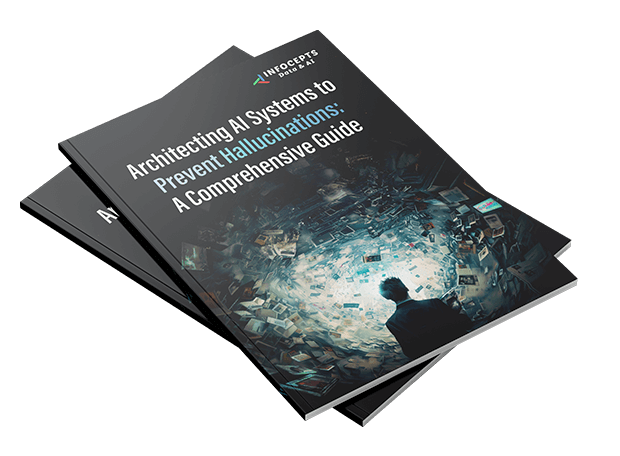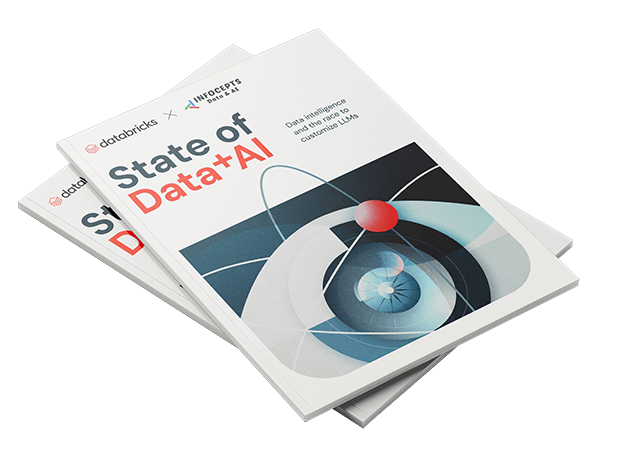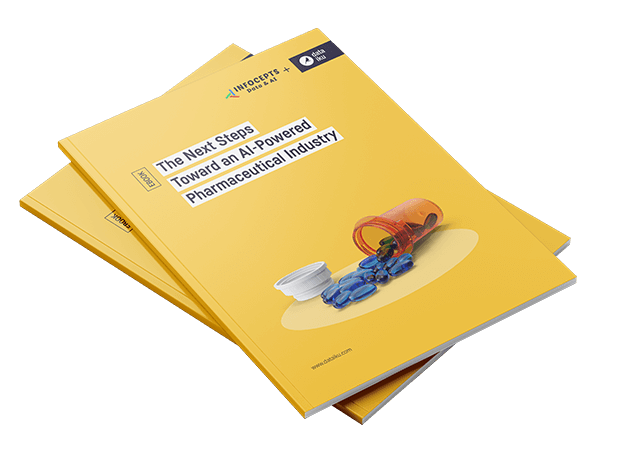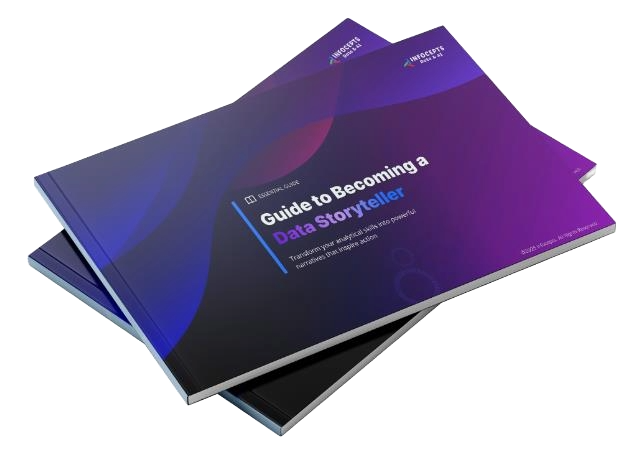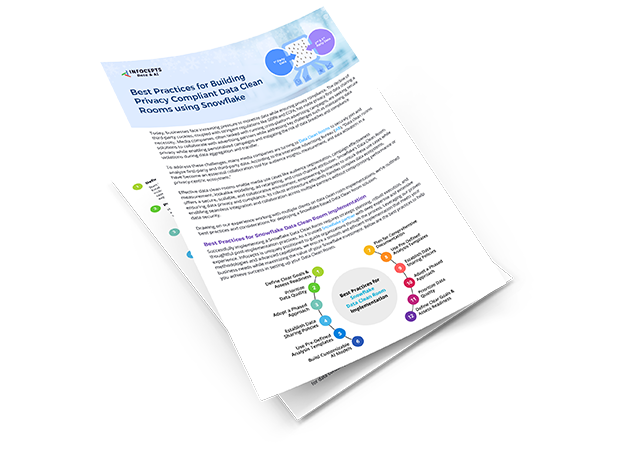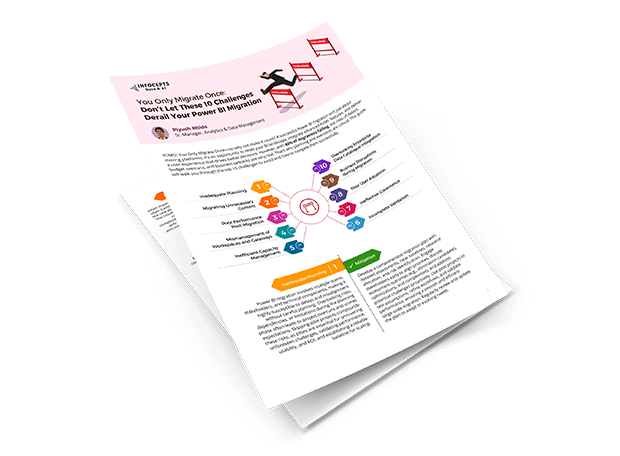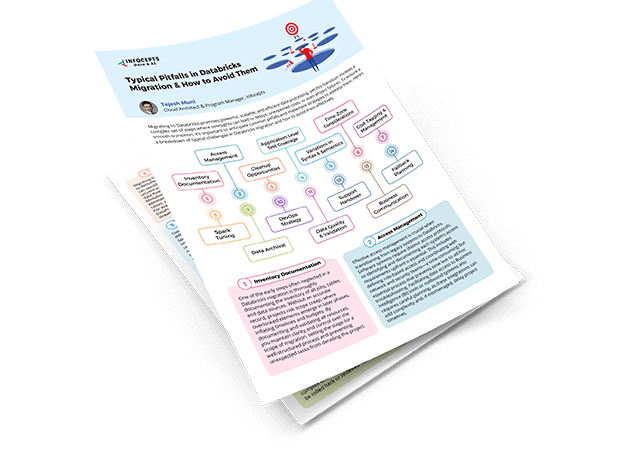Essential Data & AI Guides and Reports
Access the latest insights and how-to guides on Data and AI here. Explore our in-depth analyses to discover practical strategies, industry trends, and expert advice to enhance your data and AI initiatives. Download our resources to stay informed and drive your business forward with the latest technological advancements.
Thank you for visiting our Data & AI resources page. We hope you found the insights you needed. At Infocepts, our globally recognized Centers of Excellence (CoEs) are constantly exploring the latest advancements in data and AI, turning our discoveries into practical guides for your benefit. By staying at the forefront of innovation, we ensure our clients are equipped with the knowledge and strategies needed for immediate success and long-term growth. If you’re interested in partnering with Infocepts, contact us today to see how we can support your data-driven journey.


